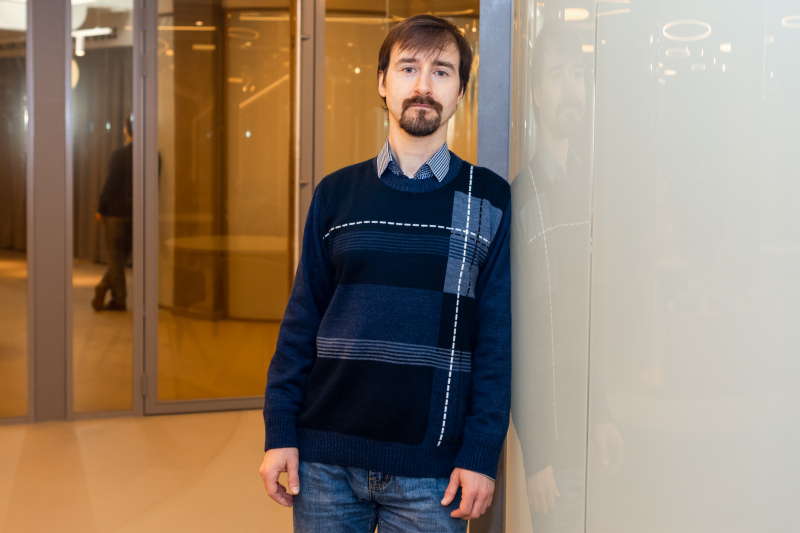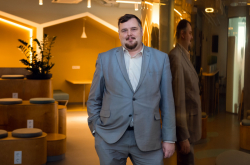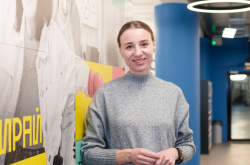You have many professional interests, including human-computer interaction, UI design, and graphics. Why did you choose these particular fields?
It was a pure accident. On an open day, the then Department of Engineering and Computer Graphics sparked my interest. I thought that 3D graphics and design might be an intriguing field. Also, it was the mid-1990s’ and the world had recently seen the first fully CGI cartoons like Toy Story – and I thought it was somehow connected to what specialists did at ITMO. Never in my career have I tapped into the world of 3D cartoons, but back then I had this blurry association from my youth when I was entering university.
When I studied at ITMO in 2000-2005, we didn’t have a specific course on UX/UI design, so upon graduation I realized that I still have quite a lot to learn and continued educating myself. I picked up some knowledge through professional connections, such as those I got at the St. Petersburg community of UX/UI designers. My self-education was based on what we learned at ITMO combined with what I worked on at the university’s Center of Usability and Mixed Reality that I joined in 2015. Apart from that, I regularly attended meetups and conferences, which extended my professional network. So I can say that I’ve fallen victim to the popular concept of lifelong learning.
You started teaching at ITMO right after graduation. Why did you get interested in the job?
As a student, I taught at ITMO’s Youth Computer Center and right before graduation Vyacheslav Tozik, head of my department, and my thesis supervisor Vladimir Lokalov suggested I stay and work at the university. So I can say that I didn’t start teaching by choice, I kind of slipped into it at first. Also I didn’t get to teaching courses that had to do with design right away, but then the university started updating the curricula and I offered the course on typographics that I keep teaching to this day.
Apart from teaching, I have always been working freelance or at other companies, where I served, for instance, as layout designer. But starting from 2015 this activity started gradually decreasing and I started spending more time working at university. It was a two-way street: on one hand, in 2014 ITMO rebranded and as a result started looking more serious (the amount of work increased, just like the salaries and the job requirements); on the other, in 2015 I met my colleagues from the Center of Usability and Mixed Reality, which increased the number of projects I was engaged in.
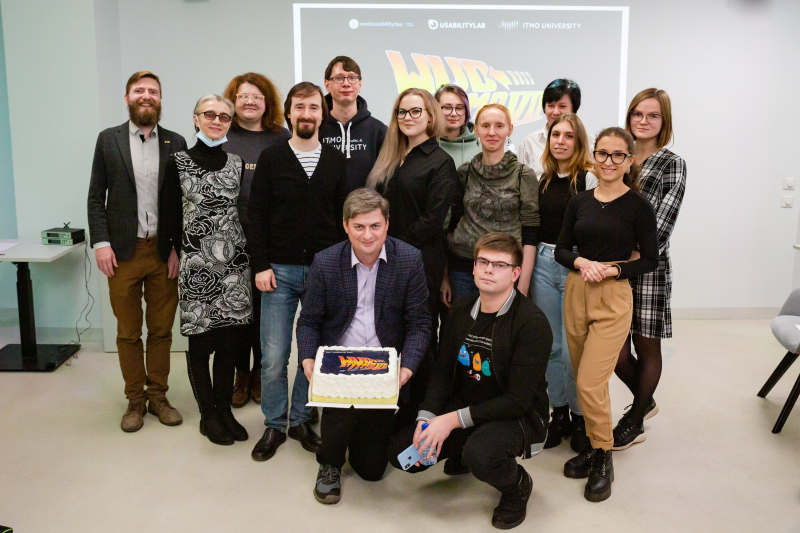
Organizers and participants of the annual conference WUD@ITMO organized by ITMO's Center of Usability and Mixed Reality
You said that lecturers are essentially helping professionals – not unlike nurturing but invisible earth on which flowers grow. Why did you choose this metaphor?
I think it’s a fact. Can you name any famous lecturers apart from, say, Johann Heinrich Pestalozzi or Anton Makarenko? If I ask for well-known designers, my students would come up with many answers, but if I ask for famous teachers in this field, they wouldn’t name anyone apart from those designers who also teach. This is not unlike how it is with sports. How many famous coaches do we know? And how many athletes? Each of them was coached by someone – their potential was discovered and then unleashed, channeled into the right place. Teaching is the same: we have some initially good sprouts that we plant, water, and nourish, so it can grow into flowers.
It’s hard to become an educational star as a teacher. Your role is to transfer knowledge and the valuable output of your efforts are the professionals you have trained. If you turn your classes into colorful shows, so after the class the knowledge and skills stay with the students, and they are also blown away, this will be very high-profile and you will have a shot at being a star lecturer, but this task is not always achievable. It’s much more common for students to turn into professional designers and thank their lecturers for it.
Teachers usually stay in the shadows, not least because every contest they can take part in are highly specialized and are only interesting for a small circle of people. If you are not famous and your educational product isn’t used by the public, it’s hard to be a teaching rockstar.
What are your goals in teaching?
The first one is personal and simple – just to be a good teacher and equip my students with the knowledge and skills they would rely on at the start of their careers. The second one is to increase the quality of education in our field. For instance, there is a stereotype that programming is a strong side in our country; we welcome many students who want to become professionals in this field. And I think that ITMO is a telling example – we are proud of our programmer graduates. I would be happy to contribute to another stereotype: that Russia trains good UX designers. The majority of those who graduate from our Multimedia Technologies, Design and Usability Master’s program stay in this field after graduation.
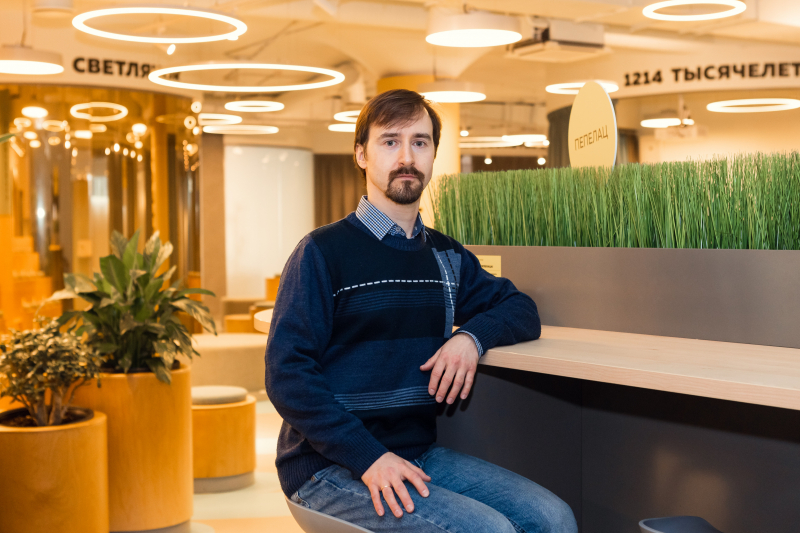
Andrey Balkanskiiю Photo by Dmitry Grigoryev, ITMO.NEWS
Working in the field of UX design can be challenging because of the constantly changing trends. What do you consider the hardest part of the job?
The first challenge is keeping up with the world, because you’re right in saying that the technologies we use keep changing and we need to be up-to-date. I usually laugh and say that we need to run really fast so that we just stay as smart as our students. Lecturers are always a step behind because they are more like coaches who no longer practice the sport themselves: you have to be aware of every trend and update and be able to sift through it to find the most important things for your students. It’s not an easy task but my students help when they share something new. I also have to read a lot and attend events in my field.
Knowing the interdisciplinary fundamentals of your work is the second challenge. Students may be savvy technology-wise, but they might lack some basic knowledge. That’s what they enter university for. Here, they build up their worldviews and develop systems thinking thanks to their lecturers. That’s why as a teacher you have to have this foundation of knowledge and at the same time be on track of every novelty in the field.
Moreover, you need to see the core of each trend. Some of them might seem new but are actually grounded in the familiar theoretical basis; some of them require immediate attention – otherwise you go obsolete. I remember when the first ebook readers appeared in 2010. I taught a course on print design and everything we discussed in class was first of all about printed products and only then about web-based ones. And now the tables have turned: I focus more on screens and talk about printed media as a historical perspective. Once in a while a trend makes it necessary to revise your knowledge – for instance, such as with AI and machine learning.
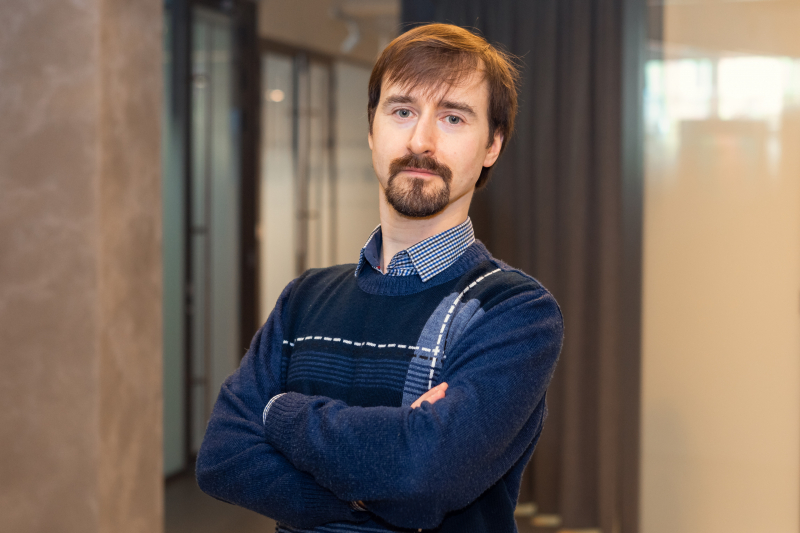
Andrey Balkanskiiю Photo by Dmitry Grigoryev, ITMO.NEWS
Last year, you won the ITMO.EduStars contest, where your work as a lecturer was evaluated. What did this victory mean to you?
As a lecturer, I was really pleased to learn about the contest’s launch. By the standards of the Bologna process, all lecturers have to publish in scientific journals and their pedagogical activities are somewhat taken for granted. Thanks to the contest, I felt that I was valued not only for the number of publications but also for the quality of my teaching.
This win gave me the feeling that I did something good. It’s an external marker of my professional fulfillment: I used to be my own evaluator and now I have official proof that I am a good lecturer. However, a certain responsibility accompanies my renewed motivation – I will have to only get better from here.
What do you do in your free time?
I don’t have hobbies that aren’t at all connected to my job. When I have some free time, I either read something about my field or venture into the world of fiction and nonfiction literature. I have a taste for fairy tales for adults, such as Ray Bradbury’s Dandelion Wine or Tove Jansson’s The Moomins stories. These books are about the grandeur and beauty of everyday life, they are a source of both peace and inspiration.
